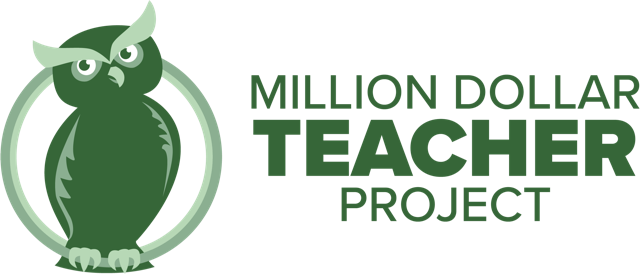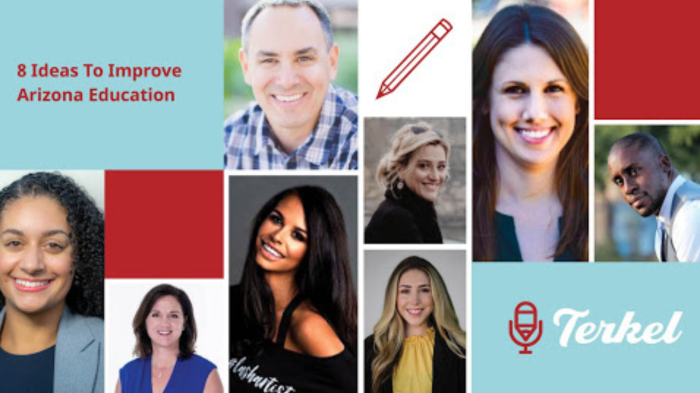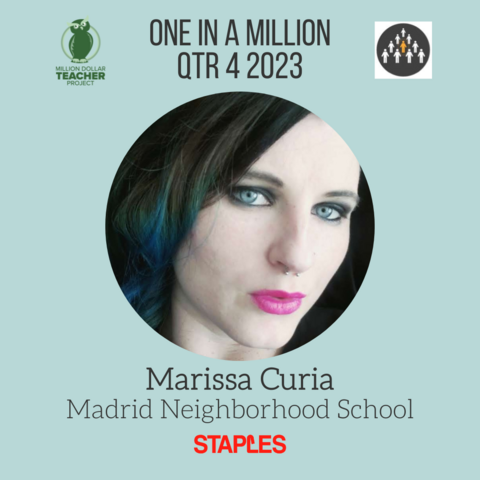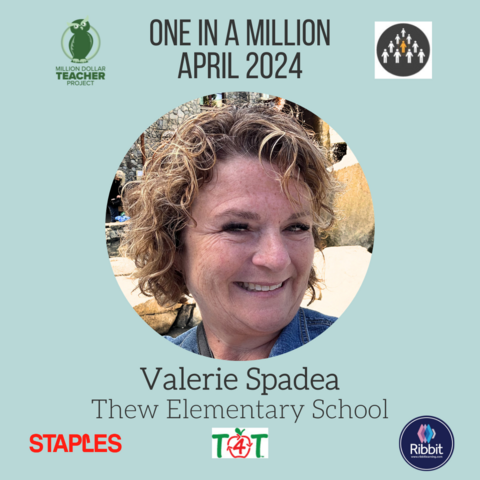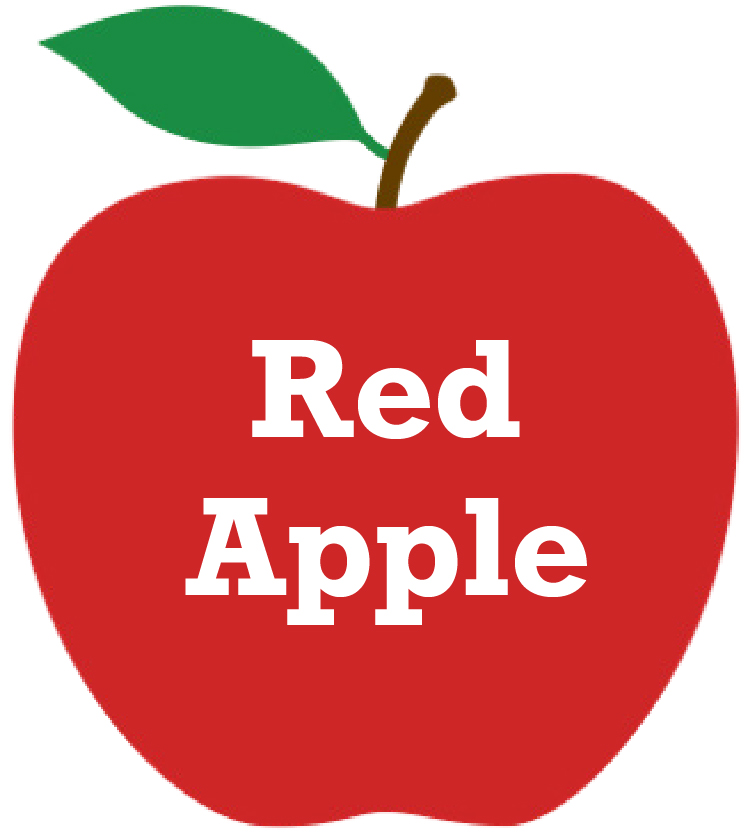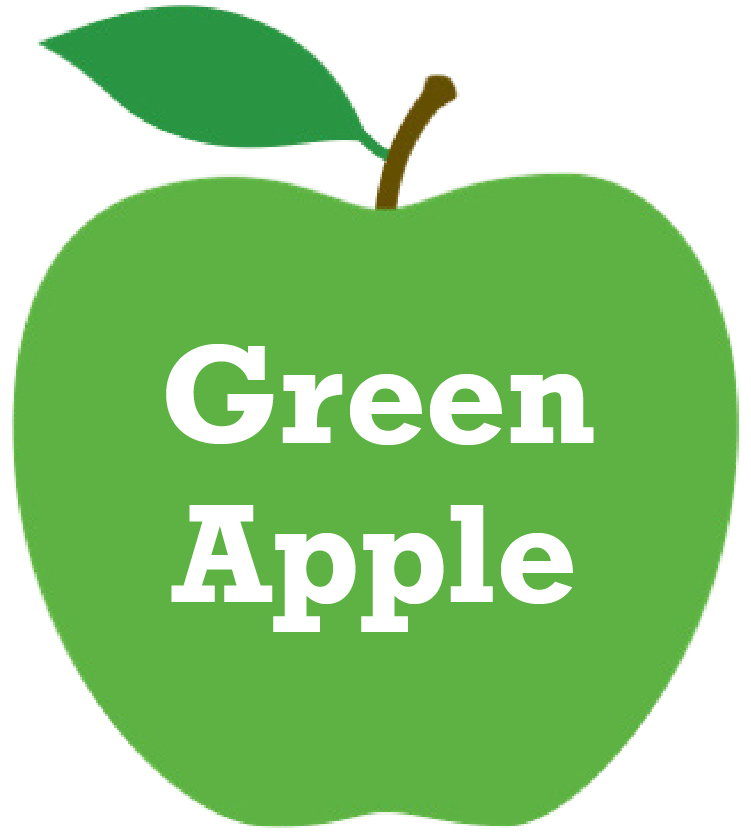Arizona was recently named one of the worst states for education. With school moving online and being challenged in new ways, it’s become evident that now more than ever, we need to make some changes. That being said, we understand that it can be arduous to find new ways to strengthen what is a very complex education system.
So what are possible actions or ideas that educators or people within the education system can take to improve? We asked eight professionals for their take on what Arizona can do to help improve its education, and here’s what they said:
Innovate Early
Change it up! School curriculum looks the same for a lot of states, but the way in which that information is presented can become a great area of focus. The ability for students to stay engaged can most definitely rely on how stimulating the class is. One thing I learned through my own experience, was that not every student learns the same, so a standardized course curriculum can propose many problems, leaving kids feeling like they’re not intelligent for not understanding the curriculum being presented in a way they don’t understand. By understanding the needs of students, it is easier to create an environment that is compelling and interesting. School becomes a burden when every year looks and feels the same as the last. Being creative and innovative in the material and coursework will create an increase in both attention and attendance!
Alexis Orth, Markitors
Create Spaces for Personalized Interactions
The key to improving education is to create spaces for personalized interactions between teachers and students. Children don’t learn at the same pace or in the same way. The Ascend Curriculum we’ve developed at Cadence Education offers a?balance of structure and flexibility?and enables our teachers to individualize instruction to accommodate the interests and learning styles of each student.
Jeanne Kolpek, Cadence Education
State-Wide Budget Reforms
Arizona can help improve its education system through comprehensive budget reforms that would increase per-student spending, increase investment in public schools, and increase teacher salaries. To create this, our local government would need to re-prioritize our state funding packages so more dollars can be allocated towards education. There is also room for innovation in how revenue is generated and distributed to our schools that can be explored through strategic partnerships between the state of Arizona, local businesses, and nonprofits like Million Dollar Teacher Project.
Lloyd Hopkins, Million Dollar Teach Project
Emphasize Career Skills
From an early age, there should be an emphasis put on life and career skills that are taught alongside the normal curriculum. Having normal conversations about going to college and getting jobs with kids from elementary school to high school will set the standard of setting those attainable goals.
Denise Gredler, BestCompaniesAZ
Money Management Courses
Money management is a critical life skill that isn’t part of any normal curriculum. Most kids graduate high school without any training on how to handle their own finances. Only 16.4% of U.S. high school students are required to take a personal finance course, according to Next Gen Personal Finance. Personal finance should be made mandatory in order to prepare the rising generation to better handle their money.
Carey Wilbur, Charter Capital
Professional Guest Lectures
With the majority of education happening virtually now, it is important to really go the extra mile and create an environment that students actually enjoy being in! One unique way we can do this is by inviting professionals to do guest lectures. By showing students an example of someone who successfully utilizes the skills they are currently learning, you can ignite a fire within them to truly want to learn and master a subject.
Vanessa Molica, The Lash Professional
Address Overcrowding
To improve Arizona’s public education system, overcrowding and underfunding have to be the first thing addressed. As the population of Arizona rises with people from larger states like California flocking to our state, classroom sizes are getting bigger and bigger. Asking a single adult to oversee a room (or virtual classroom right now) of 40 kids or more is a nearly impossible task. There is no way that each kid is having their learning needs met and getting one-on-one time to address an issue if they’re falling behind with a class size that big. Keeping class sizes small and manageable will allow teachers to give students the attention they deserve to improve their learning!
Katelyn Harris Lange, Y Scouts
Teacher Retention
From my experience, Arizona needs to shift its focus to teacher retention. I was a former elementary school teacher in Arizona’s public school system. During the three years that I taught, I saw approximately 85% turnover at my school alone. Our students need quality, experienced teachers, but with the incredibly low pay scale, ever-rising class numbers, and little to no classroom support, it creates an environment filled with high-stress and low reward. Instructors simply have no incentive to continue to teach in Arizona when they can find positions elsewhere that offer higher pay and more support in the classroom.
Lindsay Consalvos, UAT
Terkel creates community-driven content featuring expert insights. Sign up at terkel.io to answer questions and get published.
